Exhibitions
We Refugees*
Seeking refuge, immigration, crossing the Mediterranean via clandestine routes – these have become central issues for many artists, critics, and curators. Small boats carrying immigrants have emerged, in the words of art historian Jennifer González, as "an iconic sign and key metaphor for African migration."
Queer Performance: From Gilbert & George to the Present Day
The liberal political stance that seeks to define the limits of the LGBTQIA space is based on two complementary assumptions. First is the assumption of otherness, which presumes an inherent difference between the LGBTQIA community and heterosexuals – one that transcends any other form of kinship that may exist between the two groups.
Women in Protest: Reveal and Conceal
The first part of the exhibition focuses on the notion of anonymity as a crucial component in contemporary female activism. This motif opposes the idea of intimate and personal familiarity with the female image.
Judith Butler in her book Precarious Life (2004) analyzes images of victims in the media. The victim’s narrative is always told in the first person. We identify with the victim by getting to know his or her family, education, and lifestyle.
Struggle, Protest – Knight, Mask
This exhibition examines the artists' perspective on struggle and protest and the degree of their involvement, which can range from artistic homage to pronounced activism. The works depict battle scenes, rallies, or protests – some well-known while others are none recognizable. The exhibition revolves around two central images: the mask and the knight. The mask is used for concealment and protection. It provides anonymity and can help the wearer lose his or her inhibitions and express personal freedom.
Vik Muniz: Lampedusa
Vik Muniz's floating installation Lampedusa was launched during the 56th Venice Biennale in 2015. Constructed in commemoration of the 360 immigrants who drowned during their journey from Libya to Italy, the 14-meter-long paper boat was coated with a giant reproduction of the Italian newspaper that reported the tragedy.
Safe Shore / State of Emergency
We are currently living in a state of emergency, as described by the Italian philosopher Giorgio Agamben. This is a state in which the government presents the limitation of personal liberties as an inevitable step for maintaining national freedom. Different from situations of anarchy or chaos, the suspension of law is given legal basis. This practice has become central to many democratic countries. Western democracy have developed a tendency not to declare a state of emergency explicitly.
Khen Shish: Shut Up!
Khen Shish’s expressionist works are moving, thought-provoking, and galvanizing. In the words of the writer Doron Braunshtein, her works "make you want to go out and do something [...] to act."
Gil Yefman: Collaborations
Yefman's multidisciplinary works challenge normative definitions of otherness and examine the way in which personal and collective traumas shape inherent identities.
AME72
The street artist known as AME72 draws inspiration from pop culture and uses bold colors in his stenciled and freehand graffiti works. His installation features ten life-size policemen drawn on wooden boards: smiling on one side, frowning on the reverse. The policemen are designed to resemble LEGO minifigures, a recurring motif in the artist's work.
Aïm Deuelle Luski: The 21st Year to the Demise of Hilmi Shusha
The artist Aïm Deuelle Luski focuses his work The 21st Year to the Demise of Hilmi Shusha (2017) on a specific political event that occurred during the First Intifada. The two works present a reality in which the endless cycle of disaster, threat and terror produces a contemporary form of indifference and alienation. French philosopher Jacques Derrida describes this as a process of disconnection from the suffering of others. The suffering becomes transparent and denied, in a process of formative and defensive violence exercised by the state’s institutions.

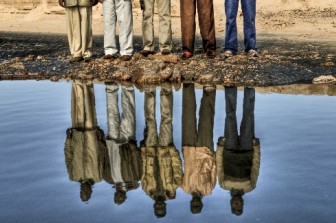
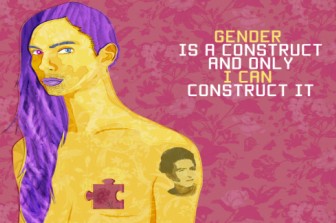
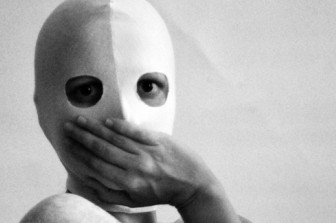
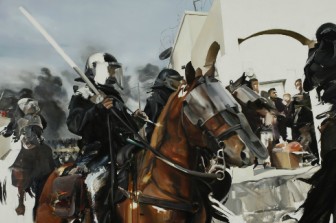
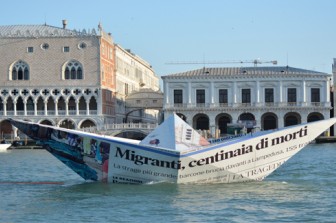
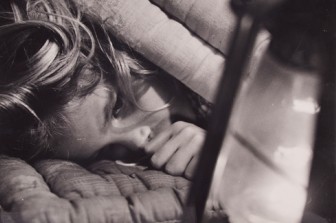
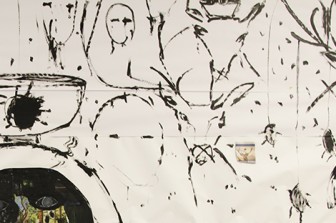
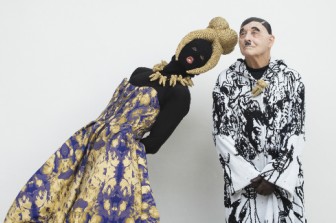
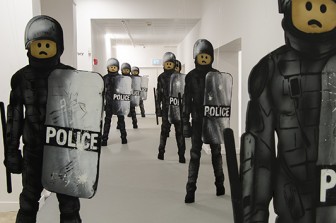
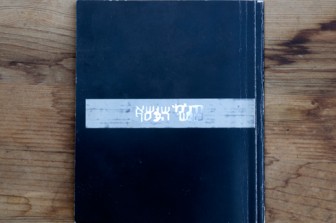
Please contact us and we will contact you as soon as possible